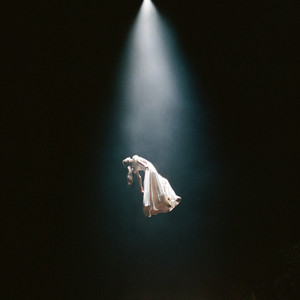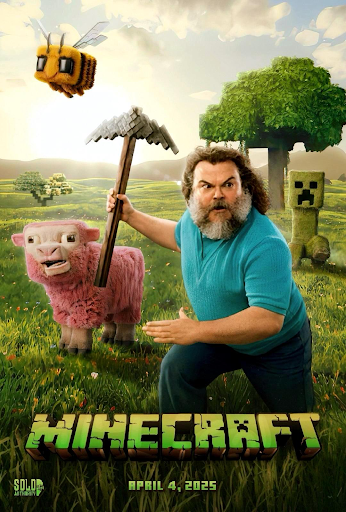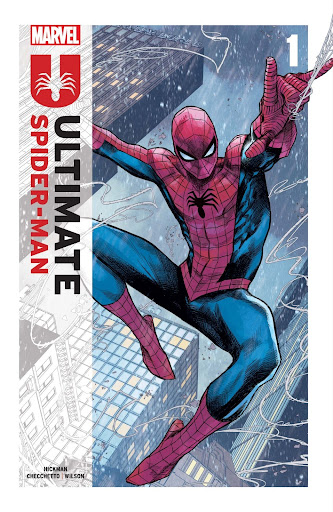‘Bayonetta 3’ Review: The Underwhelming Umbran Climax

Photo courtesy of Nintendo
After almost 8 years the wait for the third game in Platinum Games’ all-star franchise, “Bayonetta 3,” has finally been released. The game was announced nearly five years ago at the 2017 Game Awards and since then fans have been clamoring for this game.
So was the wait worth it? Eh…not really. Don’t get me wrong this game is actually pretty great and might be my favorite in the series but after five years of build-up and a variety of technical shortcomings, I feel like this game would have been better saved for a more powerful console.
My main issue with the game isn’t that the quality itself is poor but that there are so many things that make the game great that its shortcomings become pretty egregious.
First, the game has a stellar soundtrack as per usual for “Bayonetta.” This isn’t a huge surprise because the first two games also have great soundtracks but the third outing might be my favorite of the three just due to the variety of different tracks. The game’s rendition of “Moonlight Serenade” particularly stands out as probably my favorite track not only in this game but in the entire series.
Graphics and performance are where this game sufferers the most. While the game generally looks really good from a pure fidelity standpoint, it suffers heavily in its art direction because of the limited hardware. There are a few hiccups with the performance where the frame rate will sometimes drop in the middle of battle (which can be disastrous in a fast-paced action game like this. The game also has numerous large set pieces and cutscenes that reduce the frame rate to 30 frames per second. Normally this wouldn’t be too bad but since the rest of the game has a higher frame rate it makes it a bit jarring and uneven especially as you transition from cutscene to gameplay.
The first two games both have a distinct visual style that makes them almost like a visual spectacle.
Comparatively, the third entry looks very bland. Because of the Switch’s limited capabilities, Platinum had little to work with here while making the game run at 60 frames per second. Most environments are very grey and bland and look like they are from the early days of the PS3 and Xbox 360. The more open design of the levels I also think contributes to this. While in general, I think the more open level design is good, here it just makes the game feel barren and empty.
Exploration isn’t very fun or interesting and if I’m being honest the game doesn’t fully justify the more open-level design. I think taking a more linear approach would’ve helped the game a lot in terms of its visual presentation because less power would be going to those big but barren sections and more to concise well designed linear levels.
The story here is a mixed bag. On one hand, the story feels like a rollicking rollercoaster that acts as a giant celebration of all things Bayonetta. On the other, the story has a borderline nonsensical plot with villains with vague and unconvincing motivations, even more than the first two games, and an abysmal ending that is so bad it left me feeling mixed on a game I thoroughly enjoyed for 99% of the run time.
The story follows Bayonetta as she travels through the multiverse to stop a man-made army of bioweapons from destroying every world in the multiverse. Throughout this adventure, the titular Umbran witch meets multiple other versions of herself in their desperate attempt to save reality. Despite most of the alternate versions of Bayonetta being completely new, most of the story feels like a big celebration of Bayonetta and highlights what makes her such an appealing character, to begin with.
Then the ending happens and destroys all goodwill the rest of the game had built up. While I won’t spoil any details, I will say that the ending goes far and beyond being underwhelming and is just a flat-out betrayal to fans of the series. I don’t normally like to use the word betrayal in this context since it’s usually used by angry nerds that are strangely mad about diversity, but the ending so fundamentally misses the mark that it’s frankly laughable. This is one of the worst conclusions that I’ve ever seen in a video game. At every conceivable turn, every major character in the franchise is given the most unsatisfying end imaginable.
Bayonetta’s story and lore are and always have been very goofy and made very little sense but there is still a fundamental appeal to these characters that make them charming and engaging and the ending completely disregards that and ruins not only Bayonetta herself but also her supporting cast.
Thankfully the gameplay is nowhere near as mixed as the story or visual presentation. Put simply, the gameplay here is fantastic. This is the perfect evolution of Bayonetta and hack-and-slash gameplay. Everything here just feels more refined from previous games. Every hit and combo feels so satisfying and the game more than ever emphasizes creative approaches to combat.
There is now a wide variety of weapons that act in completely different ways. From Bayonetta’s iconic guns, fire razer yo-yos, and war fans, to even a literal train, the game presents a litany of gameplay options with weapon sets that feel completely different from each other. The fire yo-yos feel completely different than the freight train that you can use as a chainsaw. This adds much-needed variety to the gameplay that the other two games were missing. While those games did have other weapons, they didn’t feel as unique as they do here.
Along with vastly expanded weapon variety, Bayonetta now lets you summon a variety of giant demons to assist you in combat. This essentially replaces the torture attacks and Umbran climax from the game’s predecessors. While maybe not implemented in the best of ways, these demon summons are really fun to use and provide good combo potential so long as you use them properly.
The moment-to-moment gameplay while similar to the last games, now has a vastly expanded set of options in terms of weapons, traversal, combat techniques, and more which makes it both the most engaging and most rewarding combat in the series to date.
I know it seems like I was harsh on “Bayonetta 3” but I did enjoy the game a lot (at least until the ending happened). I just think that the game had the potential to be so much greater if it had a more powerful console to work with. Platinum tried to go all out and for the most part, they succeeded but there are still some glaring holes here and there.
Overall though I think “Bayonetta 3” was the most enjoyable game in the series with a perfect evolution of the core mechanics of its predecessors with just some unfortunate shortcomings that hold it back from being the classic that it could have been.
Score: 8/10






